Tomato is the world’s largest vegetable crop after potato and sweet potato. It belongs to the Solaneceous family, along with tobacco, potato and bell pepper. Native to Peruvian and Mexican region, it is considered very important due to its nutritive content. The wide versatility in its usage makes it a favorite among food processors.
Climate and Soil
Tomato crop require low-medium rainfall conditions for growth. Winter growing has been found ideal for organic tomato cultivation. Well drained sandy loam soils are best suited for cultivation. Acidity of the soil has to be checked regularly at the start of each season. Extremely acidic soils are to be avoided or corrected for pH level.
Crop Rotation
Crop rotation with non-solanaceous crops like legumes, pulses are recommended. Cropping systems like okra-tomato, tomato-onion is quite popular in India. Crops like rice, cauliflower, watermelon, garlic, cotton, sunflower etc. can also be grown after tomato. A gap of 1 year should be maintained between planting of solaneceous crops (brinjal, capsicum, chili, potato, tomato etc.).
Buffer Zone
Buffer zone of 7.5-15m is required, if non-organic cultivation system is practices by neighboring farms/fields.
Land Preparation
The field should be ploughed to reach a fine texture, after which 10 tons of FYM or vermicompost at the rate of 1-1.5 t/acre should be added and mixed well. Beds are raised after the mixing of manure. Drainage channels are made at 50 cm breadth for every 1 m of the bed.
Planting Material
Tomato plants are generally propagated through seeds. Organic cultivation required the use of certified organic seeds. The selected seeds should also be of disease resistant, high yielding varieties with tolerance to pests. The seeds can either be purchased from certified organic farms or from own seed plot.
Varieties
For organic farming of tomato, the open pollinated varieties are preferred. Some of the varieties developed like Swarna Lalima and Swarna Naveen are suitable for organic cultivation. Lakshmi NP 5005 is another popular variety with resistance to bacterial wilt and leaf mosaic virus. Some of the varieties resistance to
- -Bacterial Wilt: Arka Abha, Swarna Lalima, Arka Alok, Arka Abhijit (hybrid)
- -Leaf curl: Anmol, Aditi (hybrid), Kashi Amrut, Avinash-2 (hybrid)
- -Blight: Akash, Vajra, Meghana
- -Verticillium and fusarium wilt: Empire, Rupali (hybrid), Roma
- -Nematodes: SL-120, Ronita
Varieties with increased shelf life include hybrids like MTH-6, Rupali, Avinash-2, Pusa Ruby, Pusa Early Dwarf, Arka Vikas, Arka Abha, ArkaAlok, Punjab Chuhara, Co 3 etc.
Seed Treatment
Treatment of seeds with Trichoderma at the rate of 1g/150 g of seeds, prior to sowing builds up its resistance.
Nursery Development
Nursery beds of 1m x 3m specification at 20 cm height are to be made. It has been calculated that 12-15 such beds (150 g seeds) suffice for procuring saplings for planting in 1 acre. Standard application of manure to the soil, followed by sterilization by solarization reduces pest incidence during early stages. The seeds need to be planted in intervals of 5 cm with 2 cm spacing between successive seeds planted. The depth of planting should not exceed 1 cm. The covering of beds after sowing, with nylon sheets prevent pest infestation in saplings.
Planting
Seedlings of 20-25 days can be used for transplanting. The spacing followed for transplanting in main field is 60 cm between rows and 50 cm between plants. The planting should not be too dense to prevent further growth of plants, nor too light for weeds to grow. The irrigation and drainage channels must be distanced from plants by 30 cm.
Irrigation
Irrigation depends on the soil type, climatic conditions. Generally, the field need to be irrigated once in 7 days.
Cultural Practices
Weed control is an important cultural activity to follow particularly 4-5 weeks after transplanting. Use of mulches, crop rotation, sanitation, shallow tilling etc. need to be followed to prevent growth and spread of weeds. Regular weeding is necessary particularly when the seedlings are small. The tomato plants grow well with staking in the form of small bamboo sticks, branches or wires for support. This should be done 15-20 days after the transplantation or when the seedlings attain 20 cm height. This will help with their branching and increase production.
Manuring
10t of FYM or 1-1.5 t of vermicompost per acre is the standard application rate. Treatment of FYM with Trichoderma (500g/tractor load of manure) and its application after culturing is highly beneficial and recommended.
We have a book with detailed information on this plant and for more info, please click here…
Both kindle eBook version and Paperback version of this book is available at all Amazon stores. For more info, click here…
Pest Management
Crop rotation is one of the traditional methods used to break the life cycle of pests and insects. Careful monitoring of the field and crop is essential to identify the presence of pests. It has been observed that crop rotation is fairly successful in pest control for organic tomato. Trap crops are also used for preventive control. Sweet corn is a trap crop used to attract the tomato fruit worm. Marigold is used to attract the tomato fruit borer and reduce loss to main crop. For every 16 rows of tomato, one row of marigold should be sown as a trap crop. The marigold seedlings must be 15 days older to the tomato seedlings. This is to facilitate synchronized flowering of the crops. Biological control of pests has been found to be the most effective pest management strategies in case of organic tomato farming. The use of Trichogramma is effective against Lepidopteran pests of tomato. Neem based pesticides are effective against the fruit borer of tomato. Trichoderma is suitable for seed treatment and effective against root fungi. Neem seed extract and cow dung mixture is also used to prevent excessive flower drop in the plants. Some of the major pests to tomato and their management are given below:
Fruit borer (Helicoverpa armigera)
- Look out for Helicoverpa eggs on the top leaves and hand pick the larvae
- Use of resistant varieties like Rupali, Roma etc.
- Usage of American marigold as a trap crop
- Border cropping using sorghum (8 rows) at 30cm x 10 cm spacing support natural predators like Coccinellids and
- Attracting predatory birds using bird perches or any other luring techniques
- Need seed kernel 5% spray to stop the pest at its early stages
- Severe borer attack can be controlled by application of seed extracts of Strychnosnux-vomica to the soil, at the rate of 1.5 g/plant every 20 days (twice)
- Use of biocontrol agents like Bacillus thuringiensis (1g/liter of water), Trichogramma chilonis (50,000 eggs, six times at weekly intervals), NPV (250 LE/ha) etc.
- Setting up of pheromone traps (15/ha) with Helilure, changing every fortnight
Serpentine leaf miner (Liriomyzatrifolii)
Intercropping with field beans (1 row for every 8 rows of tomato), with fields beans sown 12 days before tomato transplanting
Phyto-sanitation
Need seed kernel extract 5% spray or ginger, garlic, chili extract (1lt/tank)
Tobacco caterpillar (Spodoptera litura)
- Exposure of soil to extreme heat through ploughing (before transplanting)
- Flooding of field while field preparation, in order to kill hibernating larvae
- Use of castor as trap crop (125/ha) will attract egg laying moths. Eggs of the pest can be collected from castor and destroyed
- Laying pheromone traps (15/ha) with pheroclin SL lure for monitoring pest population
- Neem seed kernel 5% spray for protection against larvae
White fly (Bemisia tabaci)
- Use of nylon net in nursery to protect the seedlings
- Phyto-sanitation
- Irrigation control
- Use of Brumus and Chrysoperla
- Use of pearl millet as a barrier crop around main field, sown 15 days prior to main crop transplanting
- Removal of weed hosts
- Yellow sticky traps (50/ha)
- Neem seed kernel extract 5% spray
A general remedy for pest management is the spraying of decoction made of leaves from aloe vera, neem, Ocimumtenuiflorum, Achyranthesaspera and Aristolochiabracteata. The boiled decoction is mixed with water (100 ml/liter of water) and sprayed on the plants.
Disease Management
Tomato faces diseases caused by fungi, bacteria, physiological disorders caused by abiotic/ environmental stress like cat face and blossom end rot. The major diseases that attack the root system of the crop include fusarium wilt, verticillium wilt, bacterial wilt, rhizoctonia. Diseases like early blight, leaf spot, bacterial canker and late blight attack above-ground stems and foliage and bacterial spot, bacterial speck and anthracnose affect the tomato fruits. Pest life cycle con be discontinued if solaneceous crops are not subsequently planted while in rotation.
Damping off (Pythium aphanidermatum)
- Use of certified seeds
- Sterilization of soil by solarization
- Better drainage facilities
- Neem cake (400 g/sq. m) application to nursery bed 15 days prior to sowing and irrigation at 4 days interval
- Use of light, draining soil for nursery beds, light and frequent irrigation
- Use of well decomposed manure
- Seed treatment with leaf extract of Bougainvillea glabra (20ml/liter of water) for 6 hours
Early blight (Alternaria solani)
- Selective crop rotation
- Distancing tomato and potato cultivation areas
- Sanitation of crop by removing and burning of infested branches, leaves
- Spray of 5% eucalyptus or lantana leaf extract during evening hours
- Treatment with Trichoderma viride or Pseudomonas fluorescens (5g/100g of seeds)
Fusarium wilt (Fusarium oxysporum f.lycopersici)
- Selective crop rotation
- Seedling root tip treatment in solution of turmeric and asafetida (10 g each/liter of water) prior to transplanting
- Sanitation of field
- Use of resistant varieties
- Spraying of 15 days old diluted panchakavya (1:10)
Powdery mildew (Leveillula taurica and Erysiphe polygoni)
Recommended spray of solution of milk and water (1:1) once in 3 days after disease notification
Bacterial canker (Clavibacter michiganense)
- Crop rotation avoiding subsequent rotation of solanaceous crops
- Spraying cow dung extract
- Hot water seed treatment
Bacterial wilt (Pseudomonas solanacearum)
- Crop rotation with field beans, maize, soybean or cruciferous vegetables
- Seedling treatment (root dip) in asafetida solution (10g/liter of water)
Leaf curl (Gemini virus)
- Crop rotation
- Use of healthy seedlings
- Soil sterilization
- Crop sanitation
- Spray of 5% Neem seed kernel extract to control white flies
One general pest preventive measure taken up is crop rotation with corn, cereals and sorghum. Field sanitation and roughing of affected plants is also essential. Covering of exposed fruits with straw will help prevent sun scald (blotches and dry skin in fruits).
Harvesting
The crop takes 2-3 months for reaching maturity. Harvesting stage is determined by market requirements. The stages of harvest are immature green, mature green, turning pink, half ripe, red ripe and over ripe. Turning pink fruits just show color at the blossom end while mature green are not pink. Half ripe fruits are majorly covered in pink color. The mature green fruits are best suited for export purposes. For domestic fresh consumption, the turning pink or half ripe stage is the best. For the purpose of seed production, the red ripe tomatoes are best. Canning and processing stages could use the red and over ripe stage fruits as per requirements.
Yield
Organic tomato yield varies form 15-20 t/acre, under irrigated conditions.
We regularly publish informative videos on various “Food, Agriculture, Gardening and Horticulture” topics. You may view these videos here…
You may also check out our Digital Publishing Services for Food, Agriculture, Gardening and Horticulture Sector by visiting this link


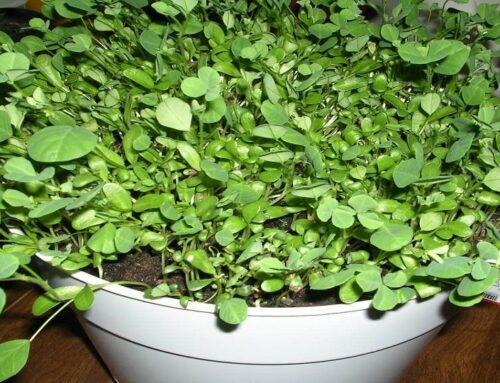
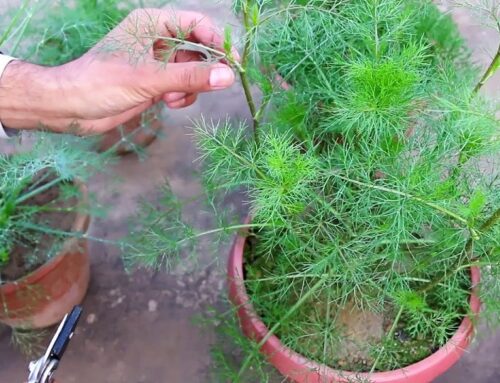
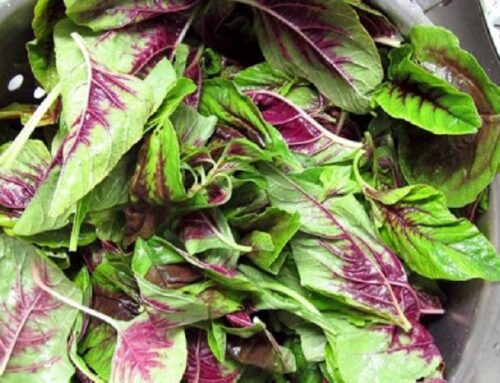
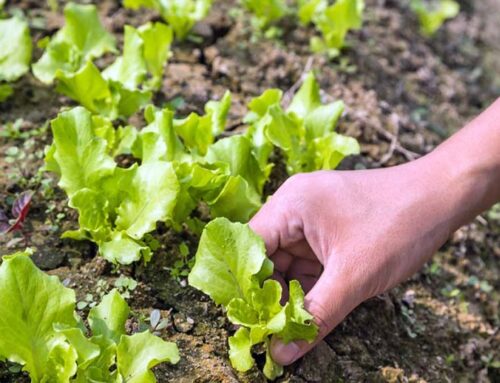
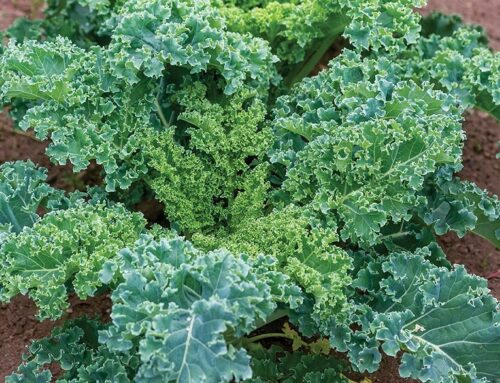
Leave A Comment
You must be logged in to post a comment.